How To Keep Food Fresh For Longer With The Right Containers
Fresh food feels like a small luxury, especially when days get busy and the weekly market run slips down the to-do list. With the right containers, that luxury becomes easier to save.

Top Ways to Keep Food Fresh Using the Right Kitchen Containers.
Most kitchens tell stories. A dabba tucked behind a steel jar, a steel box that has travelled across cities, or the faint smell of roasted jeera clinging to an airtight lid. These small things shape the rhythm of daily meals. Yet one struggle remains familiar to many homes: food going bad too quickly. Tomatoes that wrinkle by the next morning, coriander that droops by midweek, or leftovers that lose their charm before anyone gets to them. Your solution to keeping food fresh lies in the right type of containers.

Keep food fresh longer by choosing the right storage containers; Photo Credit: Pexels
Freshness doesn't depend only on what we buy but also on how we store it. The right container acts like a tiny guardian, protecting spices from moisture, vegetables from wilting, and cooked food from losing texture. Choosing good storage isn't complicated, but it does reward those who think about material, shape, airflow, and temperature. A few thoughtful switches can help reduce food waste, save money, and make everyday cooking smoother.
Below are 10 practical, easy-to-use tips on how to keep food fresh for longer, simply by choosing the right containers and using them well.
Why Choosing The Right Containers Makes All The Difference
1. Choose Airtight Containers for Everyday Essentials
Every kitchen needs containers that shut tight and stay tight. Airtight boxes keep moisture away and stop flavours from mingling. When rice, sugar, and lentils sit in loose containers, they soak up humidity, grow tiny clumps, and lose their natural aroma. With airtight storage, ingredients remain crisp, clean, and ready to use even after weeks.
These containers also keep pests out, which makes a big difference in warmer climates. No one wants to open a box and find uninvited guests sneaking around. A sturdy airtight seal creates a barrier that insects can't slip through. This small upgrade reduces waste and saves money that often gets spent replacing spoiled staples.
Glass and high-quality plastic work well for airtight storage. Glass offers durability and doesn't hold strong smells. Plastic is lighter and cheaper, which suits busy kitchens and crowded shelves. Freshness should feel easy, not complicated, and airtight containers play a quiet but important role in achieving that comfort.
2. Use Glass Containers to Preserve Flavour and Freshness
Glass containers suit those who care about taste and texture. Cooked food often stays fresher in glass because it doesn't react with spices or oils. When sambar, sabzi, or biryani rests overnight, the flavours deepen without any strange aftertaste. The transparency also helps spot leftovers quickly, which reduces the chance of forgotten dishes sitting at the back of the fridge.
Glass cools evenly and maintains temperature well, helping food stay fresh longer. It is also easier to clean because oils don't cling to the surface. A simple rinse clears out strong masala smells that tend to remain in plastic. Since glass works with microwaves and ovens, it also reduces the need to shift food between multiple vessels, a small time saver during busy evenings.
Though slightly heavier, glass containers last many years. A one-time spend of ₹200–₹400 for a good set becomes a long-term saving. For households that love cooking in advance or storing weeknight meals, glass provides a simple, reliable solution that respects both freshness and flavour.
3. Pick Stainless Steel Containers for Durability
Stainless steel is a timeless favourite. Many kitchens trust steel dabbas because they handle rough use, stack neatly, and survive for decades. Unlike some materials, steel doesn't warp, crack, or absorb smells. This makes it ideal for long-term storage of dry items like spices, nuts, and snacks.
The material stays cool and shields food from light, which protects quality. When stored in steel, roasted peanuts remain crunchy, jaggery stays firm, and tea leaves retain their bold aroma. For cooked food, insulated steel tiffins can keep meals warm for a couple of hours, which helps during travel or workdays.
Steel also offers peace of mind because it contains no chemicals or coatings that can mix with hot food. Maintenance is simple, wash, dry, and store. A polished steel stack nestled in the kitchen cupboard not only looks neat but also stands as proof that good tools don't need to be replaced often. It's strength, tradition, and practicality in one reliable container.

Use stainless steel containers to shield food from light; Photo Credit: Pexels
4. Store Fresh Produce in Ventilated Containers
Vegetables breathe even after harvest. Without airflow, they trap moisture and spoil faster. Ventilated containers help regulate humidity and prevent this slow suffocation. Perforated boxes or baskets keep air moving around tomatoes, cucumbers, and leafy greens, which lets them stay crisp for longer.
Moisture control matters most for sensitive produce like coriander, mint, and green chillies. A little too much water and they turn slimy. Too little and they dry out. Ventilated containers maintain the right balance. For better results, line the bottom with a clean cloth or tissue to absorb excess moisture. This simple step often extends freshness by three to four days.
Fridges work better when produce sits in breathable boxes instead of crowded plastic bags. A few holes, a mesh design, or an open-top basket makes a bigger difference than expected. These containers don't just store vegetables, they help them stay alive a bit longer, ensuring that weekday meals taste bright and fresh.
5. Keep Spices Safe in Moisture-Proof Containers
Spices form the backbone of everyday meals. A pinch can lift the aroma of dal or add depth to a simple sabzi. Yet spices lose their charm quickly when exposed to moisture. Clumping, fading colour, and dull flavours often signal poor storage. Moisture-proof containers offer the best defence.
Small airtight jars with secure lids work well for chilli powder, turmeric, garam masala, and blended spice mixes. Steel and tinted glass offer extra protection from light, which helps maintain the natural oils and strong aroma. Whole spices like cardamom, cinnamon, and cloves thrive in tightly sealed containers too.
Organising a spice rack in clear, uniform jars also saves time during cooking. No need to guess which dabba holds the right masala. Everything looks neat, stays fresh, and remains accessible. Proper storage also reduces waste, as spices stay usable for months instead of turning stale within weeks. A few moisture-proof containers create a small but powerful upgrade to any kitchen routine.
6. Use Separate Containers for Raw and Cooked Foods
Mixing raw and cooked food in the same space increases the chance of contamination. Separate containers create a safer environment and help maintain flavours. Storing raw meat or fish in sealed, leak-proof boxes prevents juices from spreading to other foods. Cooked meals stay protected when placed in dedicated glass or steel containers.
This simple separation improves shelf life. Raw ingredients tend to release moisture, while cooked dishes need a dry, neutral environment. When mixed, the balance shifts and food spoils faster. Using dedicated containers for each category keeps everything organised and hygienic.
Many households also prefer keeping snacks, fruits, and leftovers in their own boxes so flavours don't overlap. Imagine opening a container of fresh cut mango only to discover it smells like yesterday's tadka. Proper separation avoids these unpleasant surprises. A small change in storage habits can make daily meals safer, fresher, and more enjoyable.

Keep raw and cooked food separate from each other; Photo Credit: Pexels
7. Rely on Freezer-Friendly Containers for Batch Cooking
Batch cooking saves time and money, especially for families with packed schedules. Freezer-friendly containers make it easier to store gravies, parathas, cut vegetables, or cooked legumes for later use. When frozen correctly, food stays fresh for weeks without losing texture.
Good freezer containers have thicker walls to prevent cracking. They should also be stackable to save space. Plastic marked freezer-safe works well, and glass with silicone lids offers a premium option. Label each box with the date to track freshness, this simple habit prevents forgotten items from lingering too long.
Freezing extends the life of seasonal vegetables and fruits too. When prices drop or produce is abundant, pre-cut, pack, and freeze. A set of sturdy containers allows this flexibility. Pulling out ready-to-cook portions on a rushed morning feels like receiving help from a past version of oneself. Freshness isn't just about today, it's about planning smartly for tomorrow.
8. Opt for BPA-Free Storage for Health and Freshness
Health matters as much as taste. Containers made with BPA-free materials offer a safer choice for daily use. BPA can leach into food, especially when heated, and avoiding it brings peace of mind. BPA-free plastic is readily available now and affordable, often costing around ₹150–₹300 per box.
These containers work well for school lunches, office tiffins, and fridge storage. They hold both hot and cold food without affecting flavour. For households that heat leftovers often, BPA-free options provide a safer alternative to regular plastic.
Clear labelling makes it easier to choose the right product. Look for containers that mention “BPA-free” or “food-grade”. While steel and glass offer long-term safety, BPA-free plastic provides a light and convenient option for busy homes. By choosing safer materials, families protect their health while ensuring that food stays fresh, appealing, and ready to enjoy.
9. Use Portion-Sized Containers to Cut Waste
Food often spoils because too much gets stored in one box. Portion-sized containers reduce these losses by making food easier to finish quickly. When dal, rice, or a curry sits in a small box, it gets used sooner and stays fresher than a large container filled with multiple servings.
This approach works especially well for leftovers. Small, stackable boxes create an organised fridge where everything is visible and easy to reach. No hidden containers that go unnoticed for days. These boxes also help during meal prep. Packing single portions for work, school, or travel becomes effortless.
Small containers make a psychological difference too. When food looks neat and ready to heat, it feels inviting. Families also save money because less food ends up in the bin. Portion-sized storage brings simplicity and order, making the kitchen feel lighter and easier to manage.

Use portion-sized containers to cut down on waste; Photo Credit: Pexels
10. Label and Rotate Containers to Maintain Freshness
Even the best containers won't help if the system is messy. Labelling and rotating stored food keeps everything fresh and easy to find. A simple sticker with the date prevents accidental neglect. Food stays in use because nothing gets forgotten at the back of the shelf.
Rotation works like a tiny home-grown inventory system. Older items move forward and newer ones go behind. This habit reduces waste and encourages intentional cooking. It also helps families track how long certain foods last, which improves planning for future shopping.
Labelling especially helps when storing similar-looking items, like different dals, spice blends, or gravies. A neat label saves guessing time and avoids mistakes. The kitchen feels calmer and more organised, and mealtimes run more smoothly. Small systems can create big changes, and labelling is one of the easiest ways to build a fresher, more efficient kitchen.
Products Related To This Article
1. GOLWYN Plastic Kitchen Containers Set
2. Air Tight Containers Storage Set For Kitchen
3. Transparent Glass Jar and Container Air Tight Black Lid
4. E-COSMOS® Durable 12-Piece Airtight Kitchen Storage Containers
5. VILON (270 ML 9oz 12-Piece Glass Spice Jars Set with Bamboo Lids & White Vinyl printed Labels
6. Glass Storage 230 ml square Containers with Lids and spice lable
7. Clazkit Air Tight Modular Containers Storage Set For Kitchen
Freshness has always been a mix of careful choices and clever habits. With the right containers, everyday food lasts longer, tastes better, and stays safer. From airtight jars to freezer-friendly boxes, each container plays a unique role in protecting ingredients. These simple tools reduce waste, save money, and make daily cooking feel more relaxed.
Good storage doesn't need expensive gadgets or complicated systems. A thoughtful mix of glass, steel, and breathable containers, paired with smart habits like labelling and portioning, goes a long way. When food stays fresh, meals feel more enjoyable and less stressful. Every kitchen deserves that sense of comfort and ease, one container at a time.
(Disclaimer: This article may include references to or features of products and services made available through affiliate marketing campaigns. NDTV Convergence Limited (“NDTV”) strives to maintain editorial independence while participating in such campaigns. NDTV does not assume responsibility for the performance or claims of any featured products or services.)








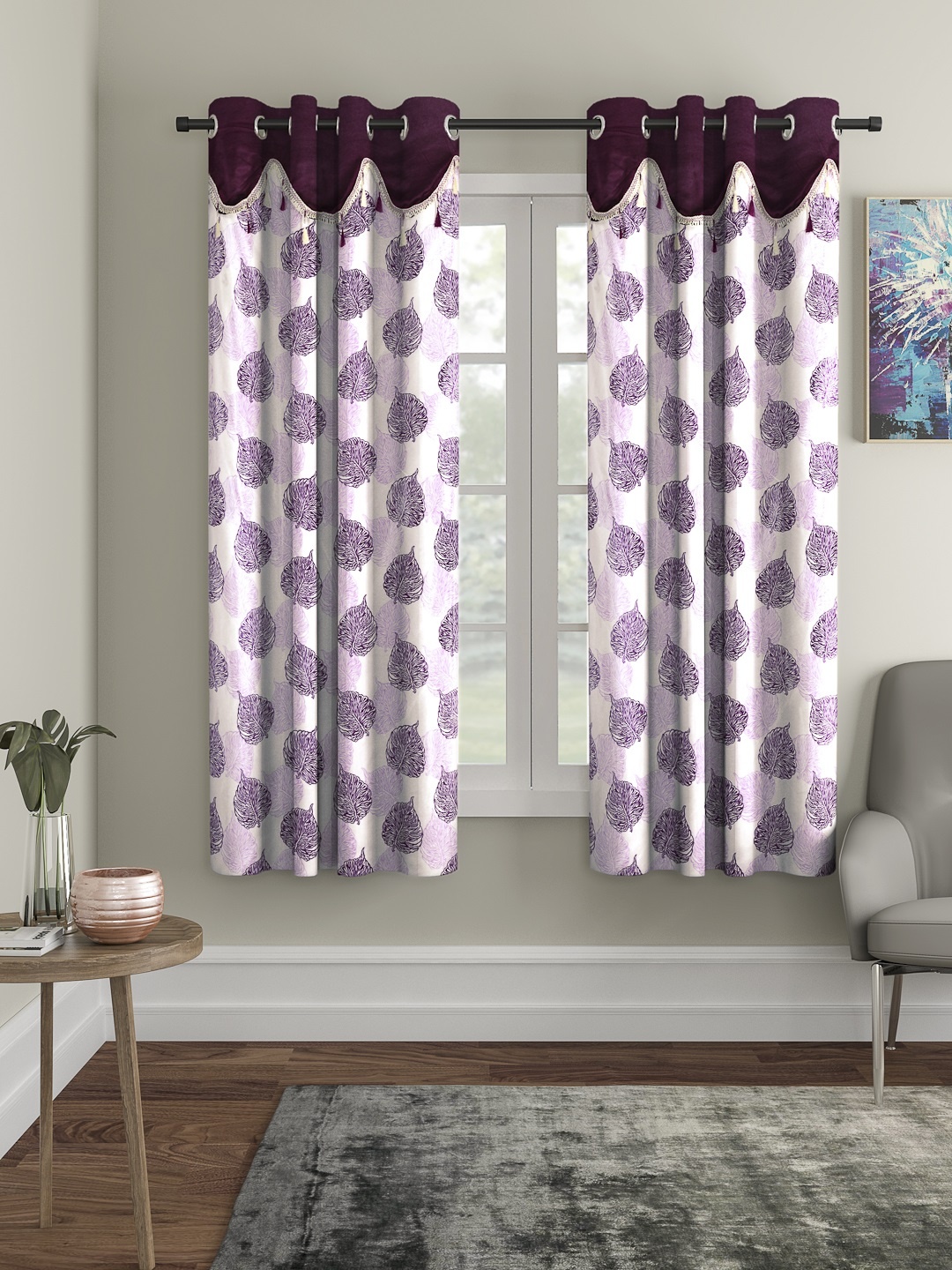




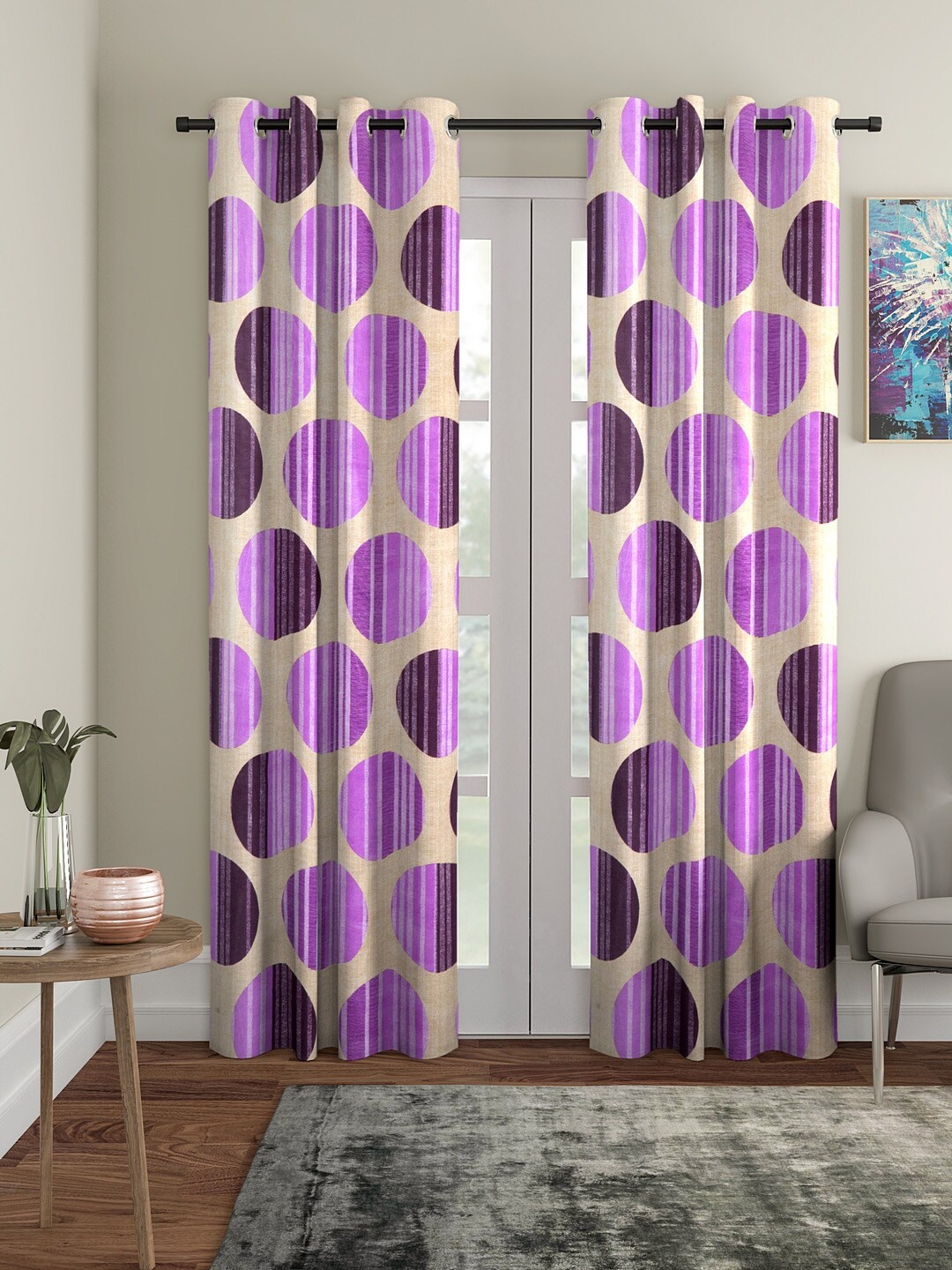
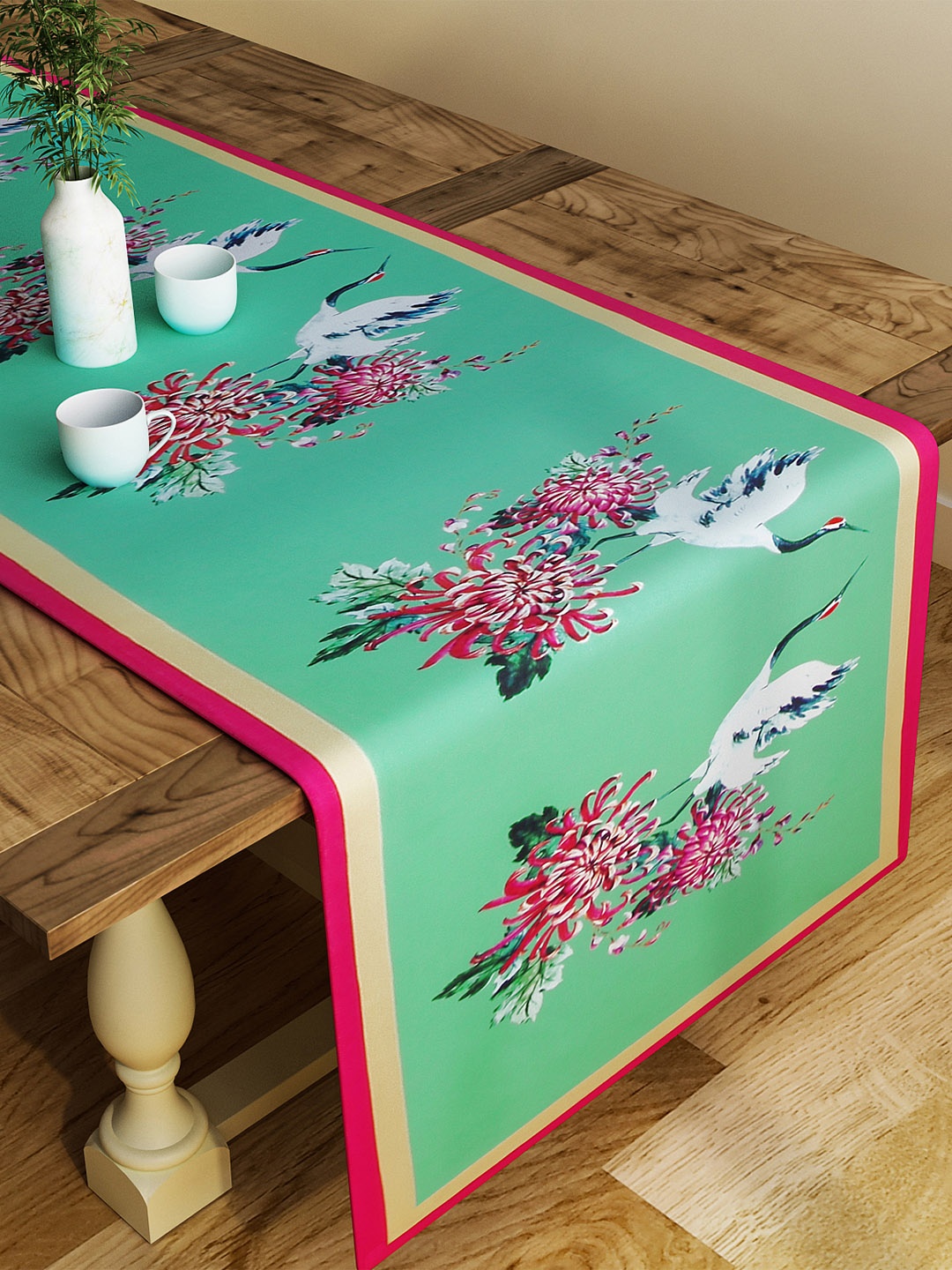
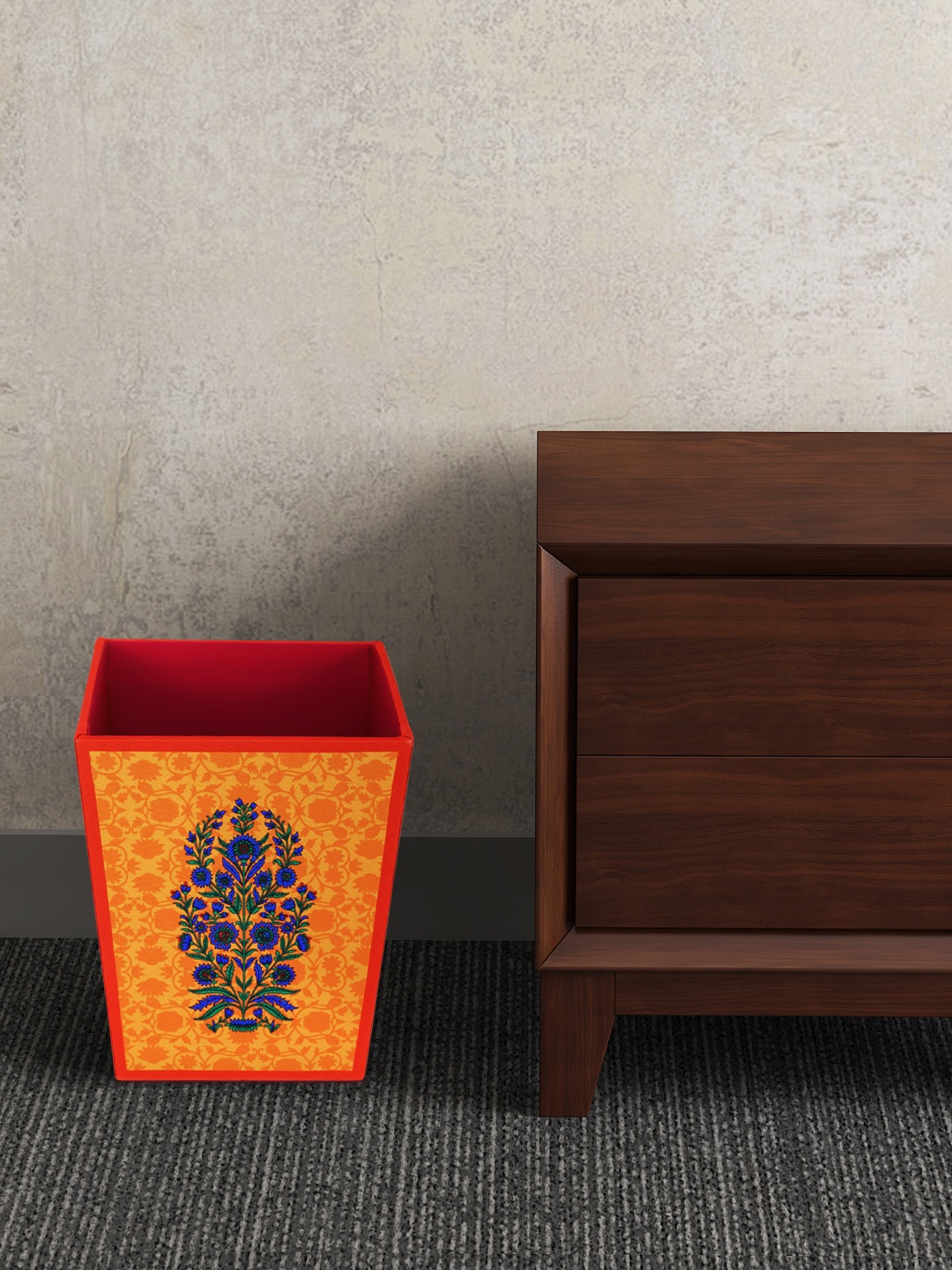
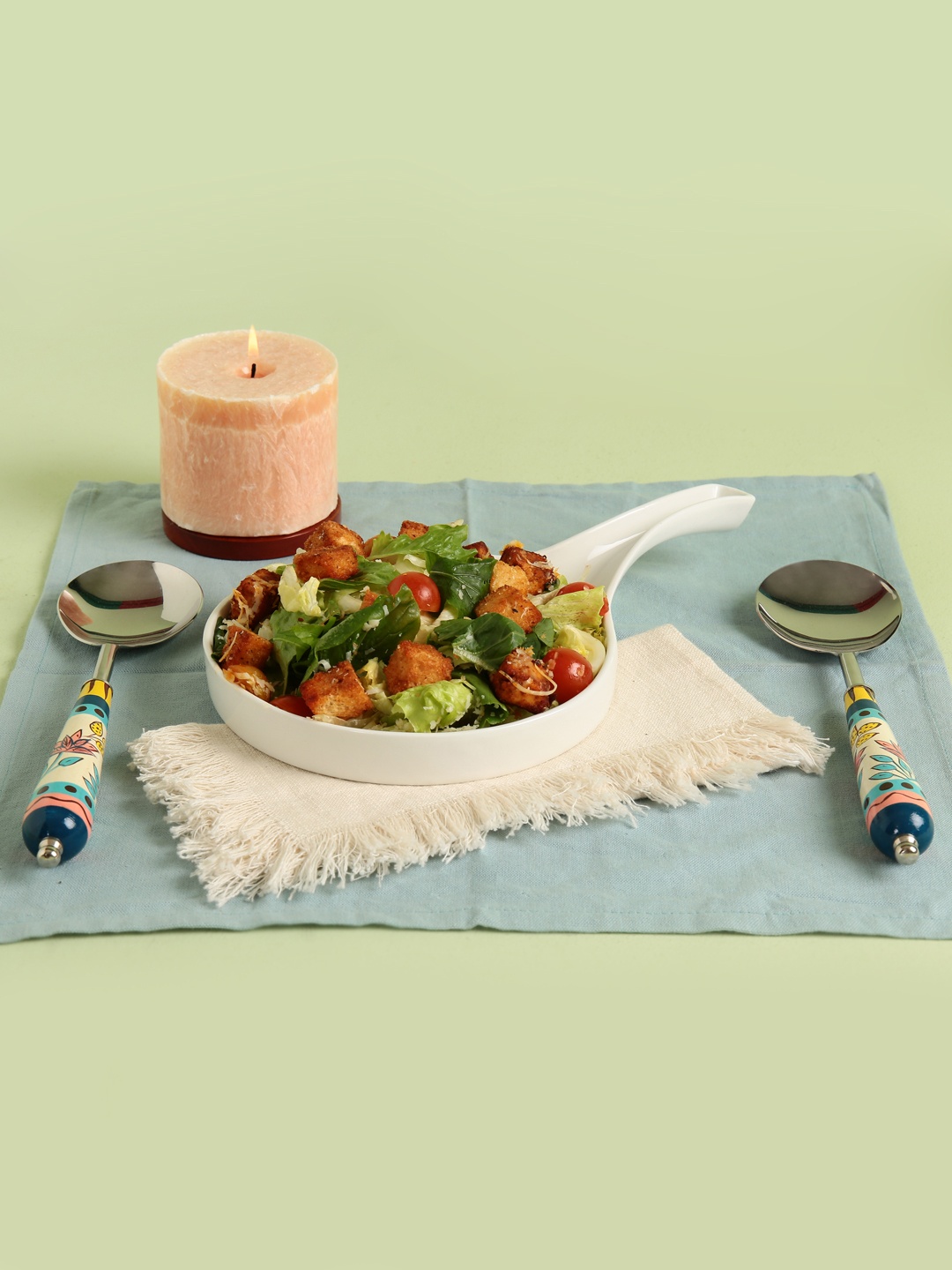


![Steam Iron Teflon Shoe Cover for ES-300,ST-96 [Only For ES-300 and ST-96 Model Electric Steam Irons]](https://m.media-amazon.com/images/I/51wwkttondL._SL160_.jpg)




